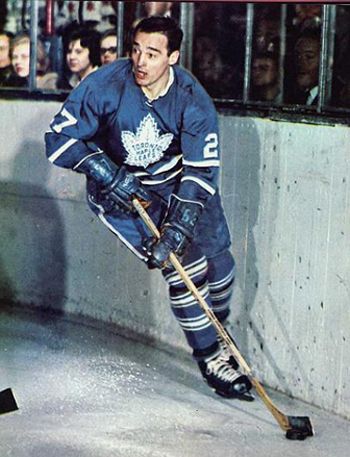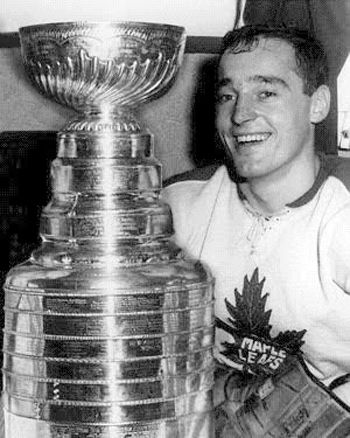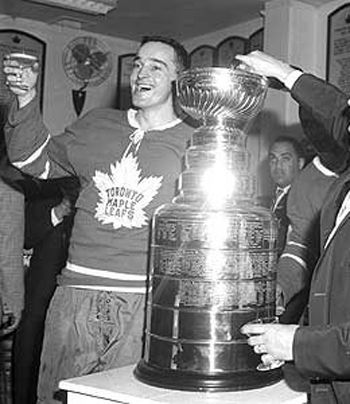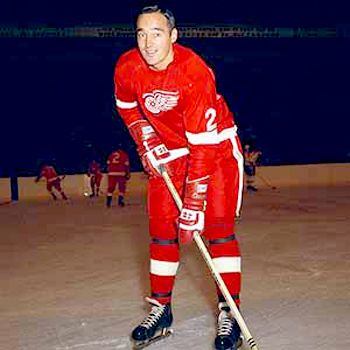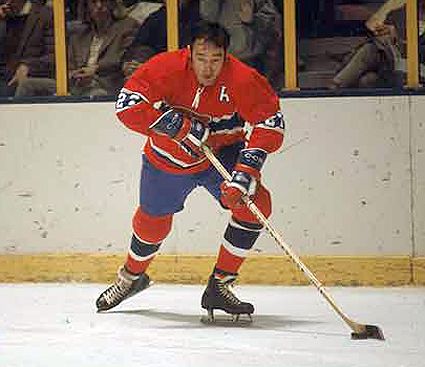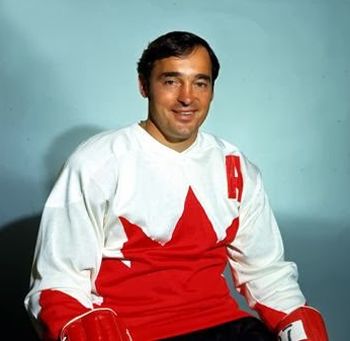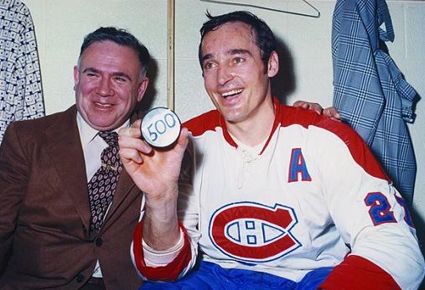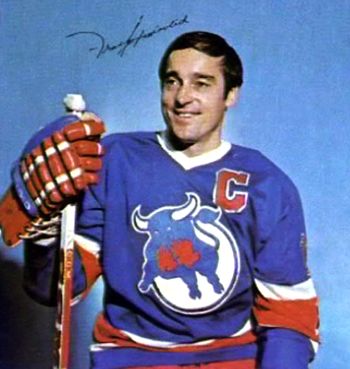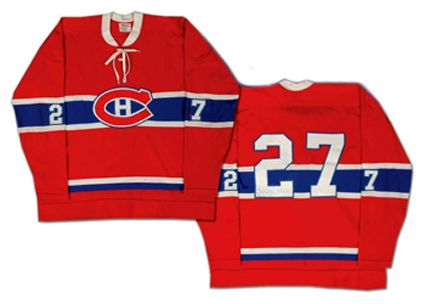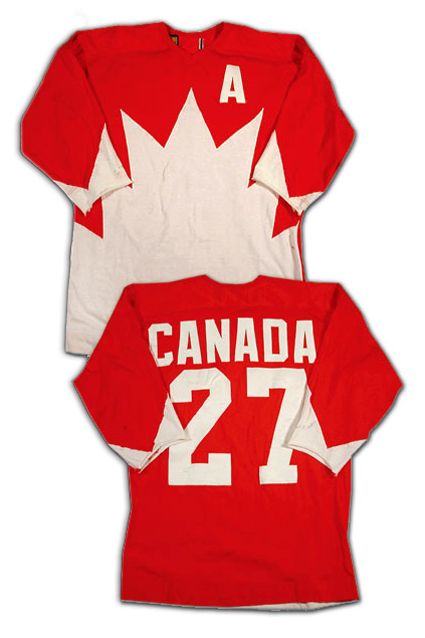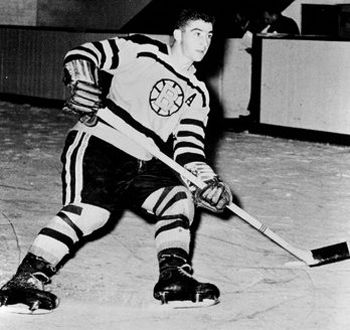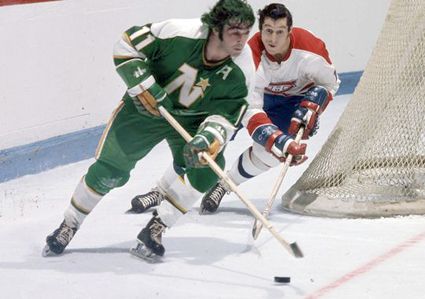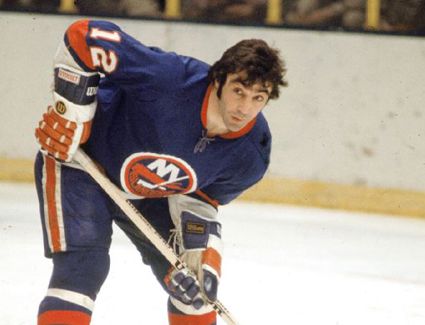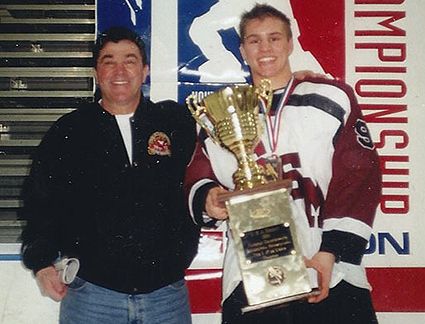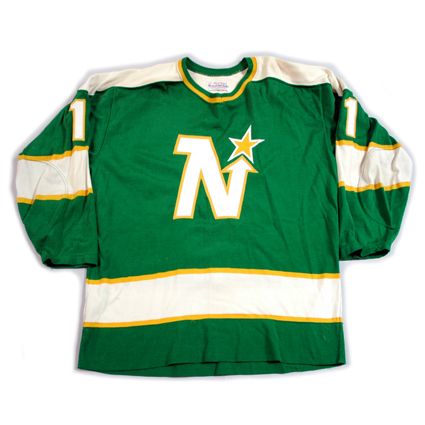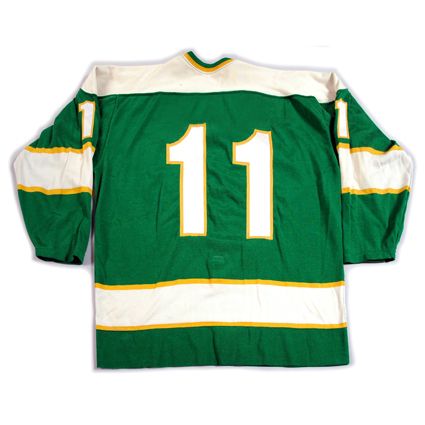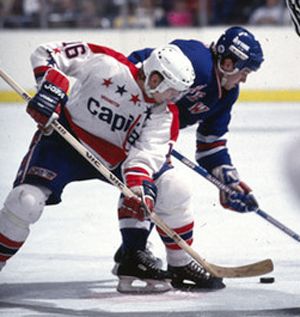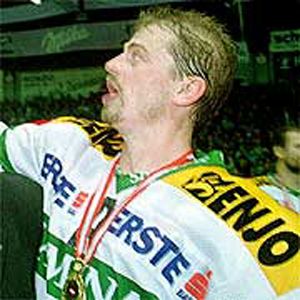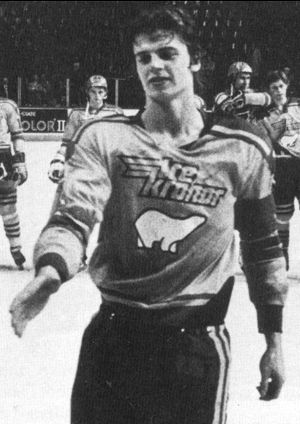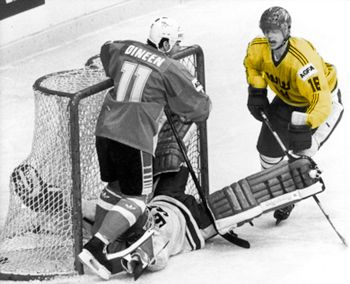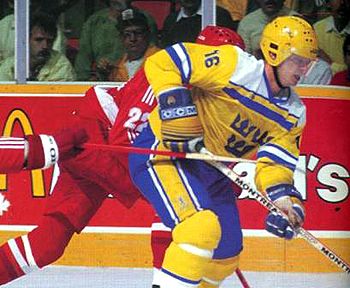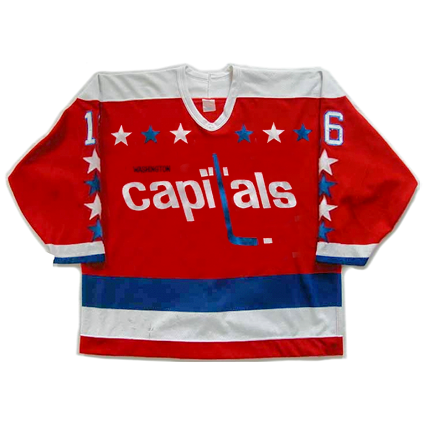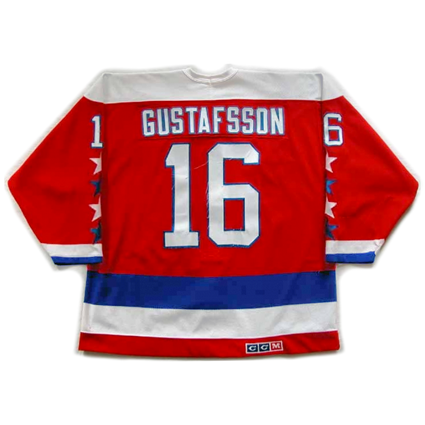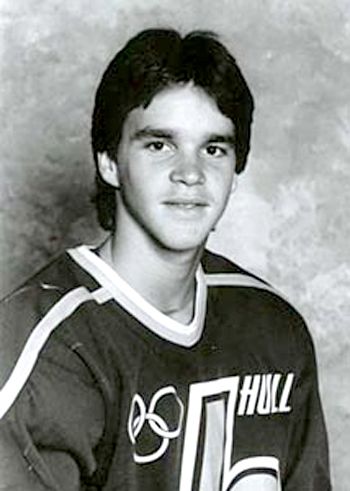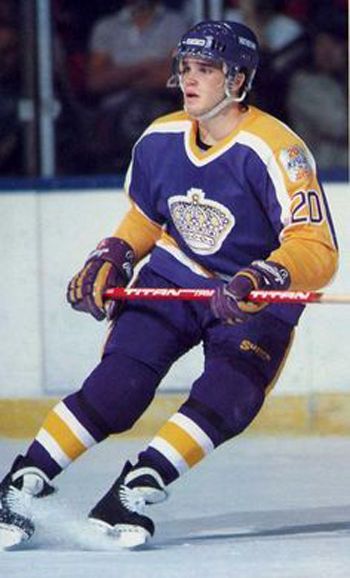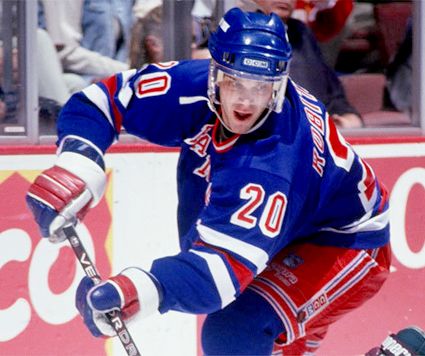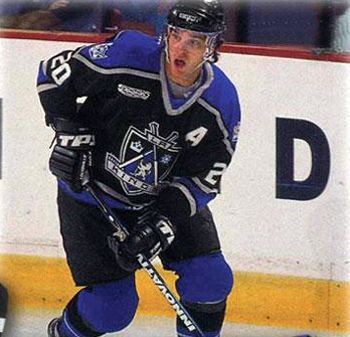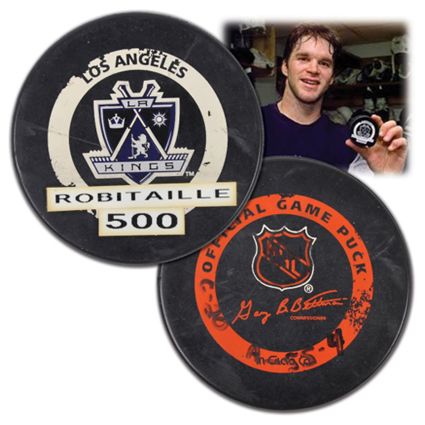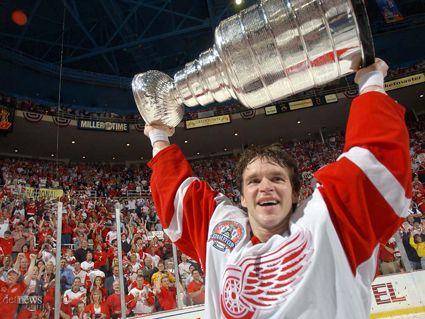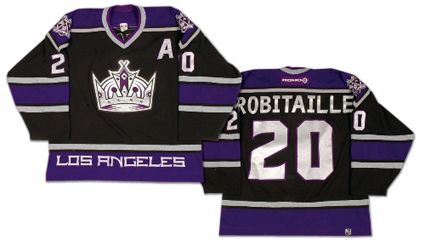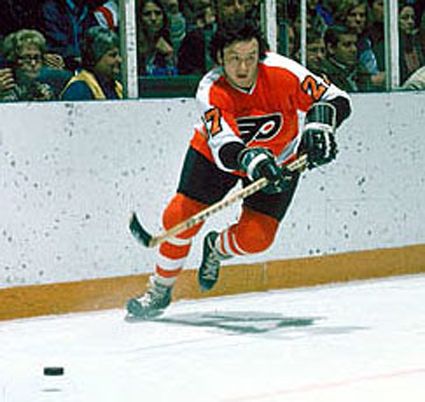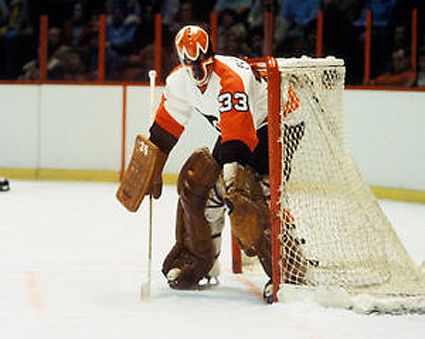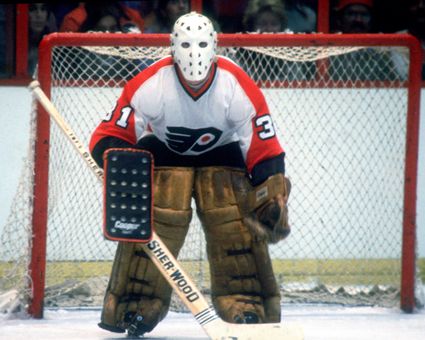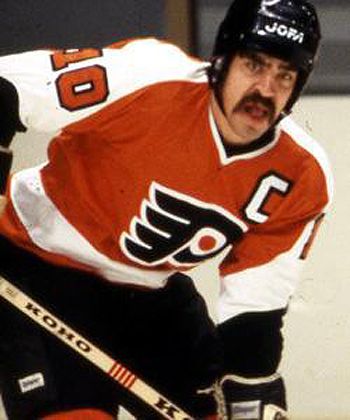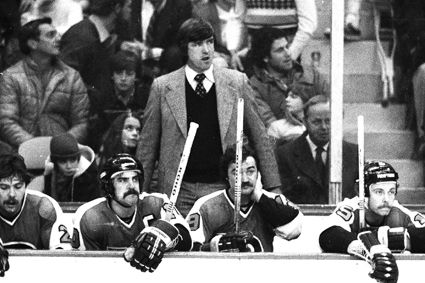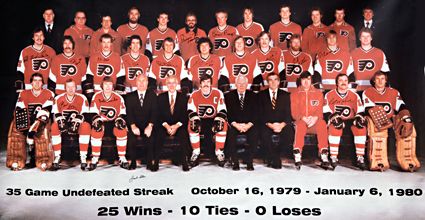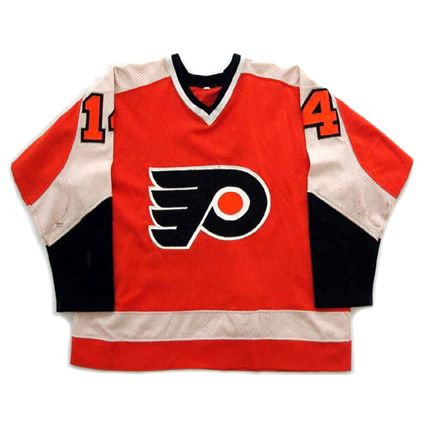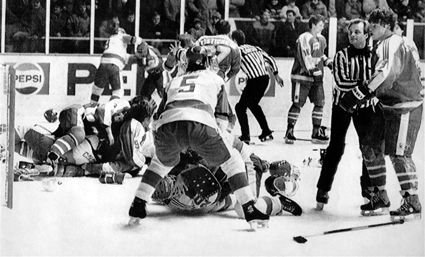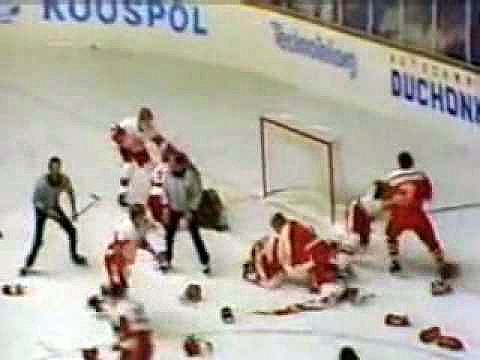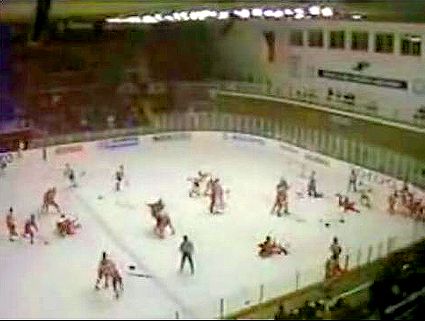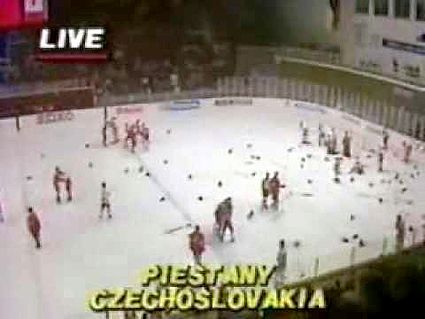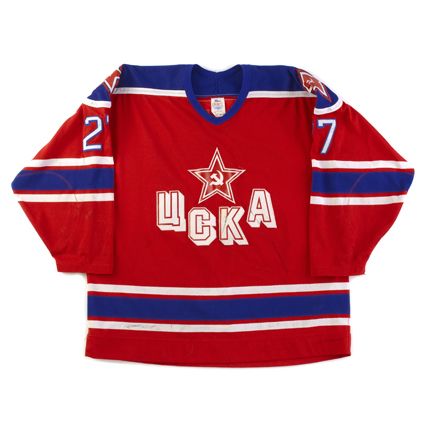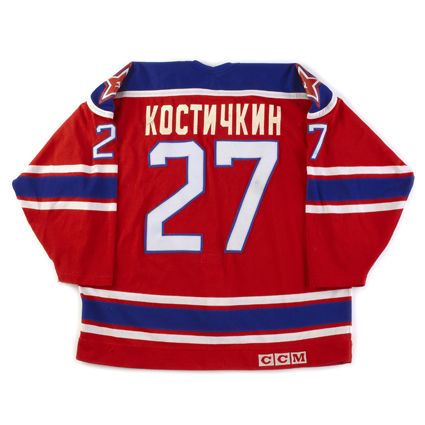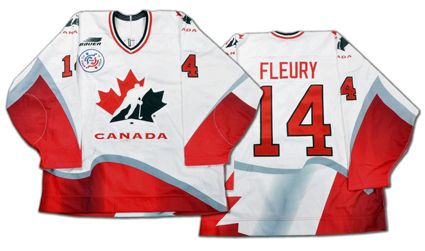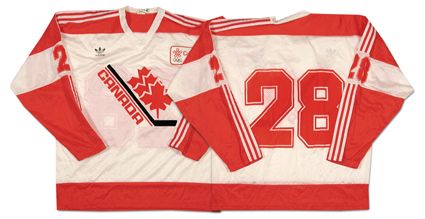The hockey world lost
Jean-Paul "J. P." Parise Wednesday night at the age of 73.
Parise was singed by the Boston Bruins at the age of 21 and assigned to the Niagara Falls Flyers of the Ontario Hockey Association for the 1961-62 season. He also skated in a single game for the Kingston Frontenacs of the Eastern Professional Hockey League, foreshadowing a full season with Kingston for the 1962-63 season.
The next step up the ladder for Parise again foreshadowed the future, as he spent the two seasons with the Minneapolis Bruins of the Central Professional Hockey League. With Minneapolis, his offensive game took a stride forward, as he scored first 27 goals and 63 points in 1963-64, followed by 73 points in in 70 games of the 1964-65 season.
Parise with the Minneapolis Bruins in 1964
For the 1965-66 season, Parise was now with the Oklahoma City Blazers, also in the CPHL, where he proved he could also play a rugged style of play when he set a career high with 137 penalty minutes while still scoring 49 points in 69 games. That season also saw Parise make his NHL debut with the Bruins, seeing action in 3 games.
While he played 18 games with the Bruins in 1966-67, which included scoring his first NHL goal, Parise spent the majority of his season with the Blazers, scoring 33 points and 98 penalty minutes in 42 games.
The landscape of hockey would change forever following that season with the expansion of the NHL from six teams to 12. One of the effects of that shifting was Parise was selected by the Oakland Seals in June of 1967 in the NHL Expansion Draft. He would never play for Oakland however, as on October 12th he was traded to the Toronto Maple Leafs for two players. He was assigned to the Rochester Americans of the American Hockey League, but after just 3 games for the Americans and one lone game with the Maple Leafs, Parise was again traded on December 23rd to another expansion club, the Minnesota North Stars along with one other player for five players and the loan of a goaltender to Toronto.
Parise scored 11 goals in 43 games during the North Stars inaugural season and contributed 7 more points in 14 playoff games. He had his first 20 goal season in 1968-69 with 22 goals and 49 points before leading Minnesota in scoring with 72 points from 24 goals and 48 assists in 1969-70. His fine season was recognized when Parise was selected to play in the 1970 NHL All-Star Game.
Parise became popular with the North Stars fans
After two more seasons with the North Stars, Parise was chosen to be a member of Team Canada for the 1972 Summit Series against the Soviet Union. With a Canadian lineup stacked with star players, Parise saw action in 6 of the 8 games, scoring 2 goals and 4 points, but was easily best remembered for an incident with East German referee
Josef Kompalla.
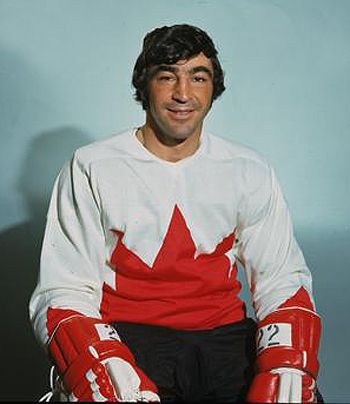 Parise was named to Team Canada in 1972
Parise was named to Team Canada in 1972
Kompalla had outraged the Canadians, who suspected him of bias when he and fellow countryman
Franz Baader called Canada for 31 penalty minutes in Game Six versus just 4 for the Soviets. The Canadians had even nicknamed the pair "Badder and Worse".
Czech referee
Rudy Bata and Swede
Ove Dahlberg officiated Game 7 and it was announced that the East German pair had been sent home and the same referees from Game 7 would handle the final Game 8. The Soviets then wanted to include the East German pair originally scheduled for Game 8, but the Canadians threatened to pull out of the game. Eventually a compromise was agreed to, and Kompalla would return, but teamed with Bata instead of Baader.
The game saw the Soviets take a 1-0 lead with two Canadians in the penalty box. Then the game was delayed when Parise was called for interference despite checking a player who was carrying the puck. When he complained, he was immediately given a 10 minute misconduct and responded in anger by banging his stick on the ice and skating circles in a rage. His anger then boiled over and he finally rushed Kompalla with his stick raised, feinting as if he were about to split Kompalla's head open, as the controversial referee flinched in fear. Parise was then thrown out of the game for his actions and at one point, Team Canada head coach
Harry Sinden threw a chair on the ice!
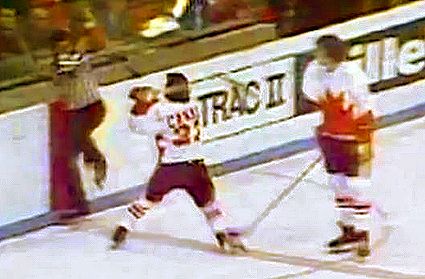 His infamous stick wielding threat to Josef Kompalla
His infamous stick wielding threat to Josef Kompalla
For an entertaining look into the spirit and humor of the man, we highly recommend
this interview with Parise on the 40th anniversary of the 1972 Summit Series.
The following NHL season was Parise's best, with him setting career highs with 27 goals and 75 points, good for second on the team, as well as 96 penalty minutes. He again was recognized with a second NHL All-Star game in 1973.
Parise woud play another season and a half with Minnesota until being traded half way through the 1974-75 season to the New York Islanders. He would help lead the Islanders to their first playoff appearance in the young franchise's history. As the Islanders reached the Semifinals, Parise would finish second to former North Stars teammate and linemate
Jude Drouin, with 16 points in 17 games.
Parise was traded to the New York Islanders in 1975
Parise played two and a half seasons for the Islanders, scoring 57 and 56 points, including a 25 goal season in 1976-77, the second best of his career. Halfway through the 1977-78 season, Parise was traded to the Cleveland Barons, with whom he would play in 40 games.
Parise during his only season with Cleveland
In an unprecedented and fitting move, the Barons franchise was merged with the North Stars organization, which saw Parise return to Minnesota for the final season of his career, where he served as team captain for the newly merged roster.
Parise as captain of the North Stars during the final NL season of his career
His final career totals were 890 games played with 238 goals and 594 points. At the time of his retirement, Parise was third in North Stars history in goals, second in points and their all-time leader in assists.
Following his retirement, Parise became an assistant coach with the North Stars between 1980 and 1988, except for 1983-84 when he was head coach for Minnesota's top minor league affiliate, the Salt Lake Golden Eagles. He then began a new phase of his career when he became the hockey director and coach at Minnesota prep school Shattuck-St. Mary's, where players such as
Sidney Crosby,
Jack Johnson,
Jonathan Toews and his own son,
Zach Parise all played on their way to NHL stardom.
J. P. coached son Zach and other future NHLers at Shattuck-St. Mary's
Parise found great enjoyment and a return to the spotlight in Minnesota when Zach signed to play for the Minnesota Wild in 2012.
Zach Parise poses with his proud father Jean-Paul while displaying the goal puck which allowed him to surpass his father on the NHL goal scoring list
Today's featured jersey is a
1972-73 Minnesota North Stars J. P. Parise jersey. Parise had his finest season in the NHL that season when he set career highs in goals and points.
The North Stars wore very similar jerseys during their inaugural 1967-68 season, only without the white shoulders. Those arrived for their second season of 1968-69 and remained unchanged through 1974-75.
In today's video section, the incident where Parise was thrown out of the historic Game 8 versus the Soviet Union during the 1972 Summit Series.
Here is the tribute video shown by the Wild before their game last night honoring the life of J. P. Parise.


